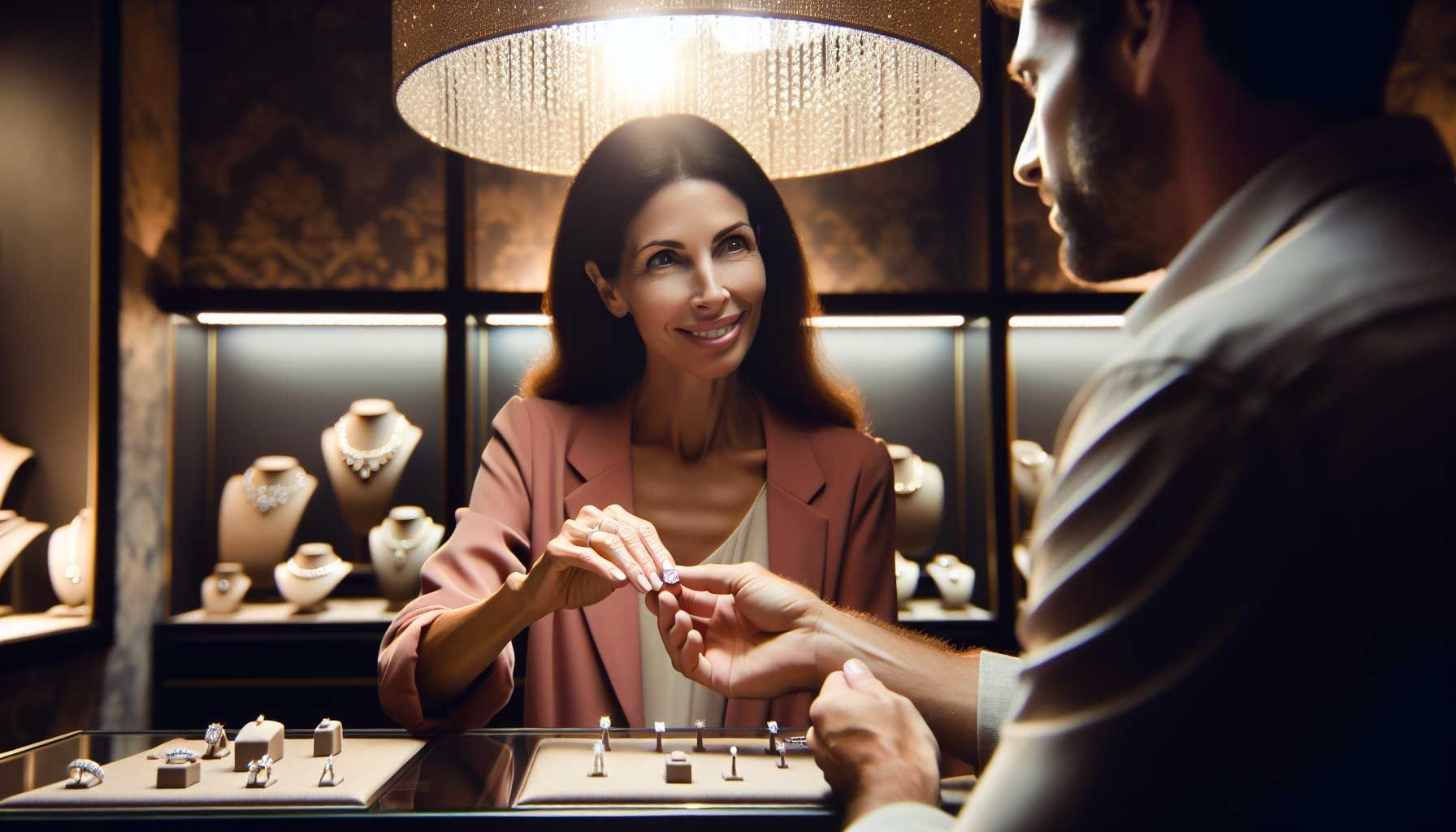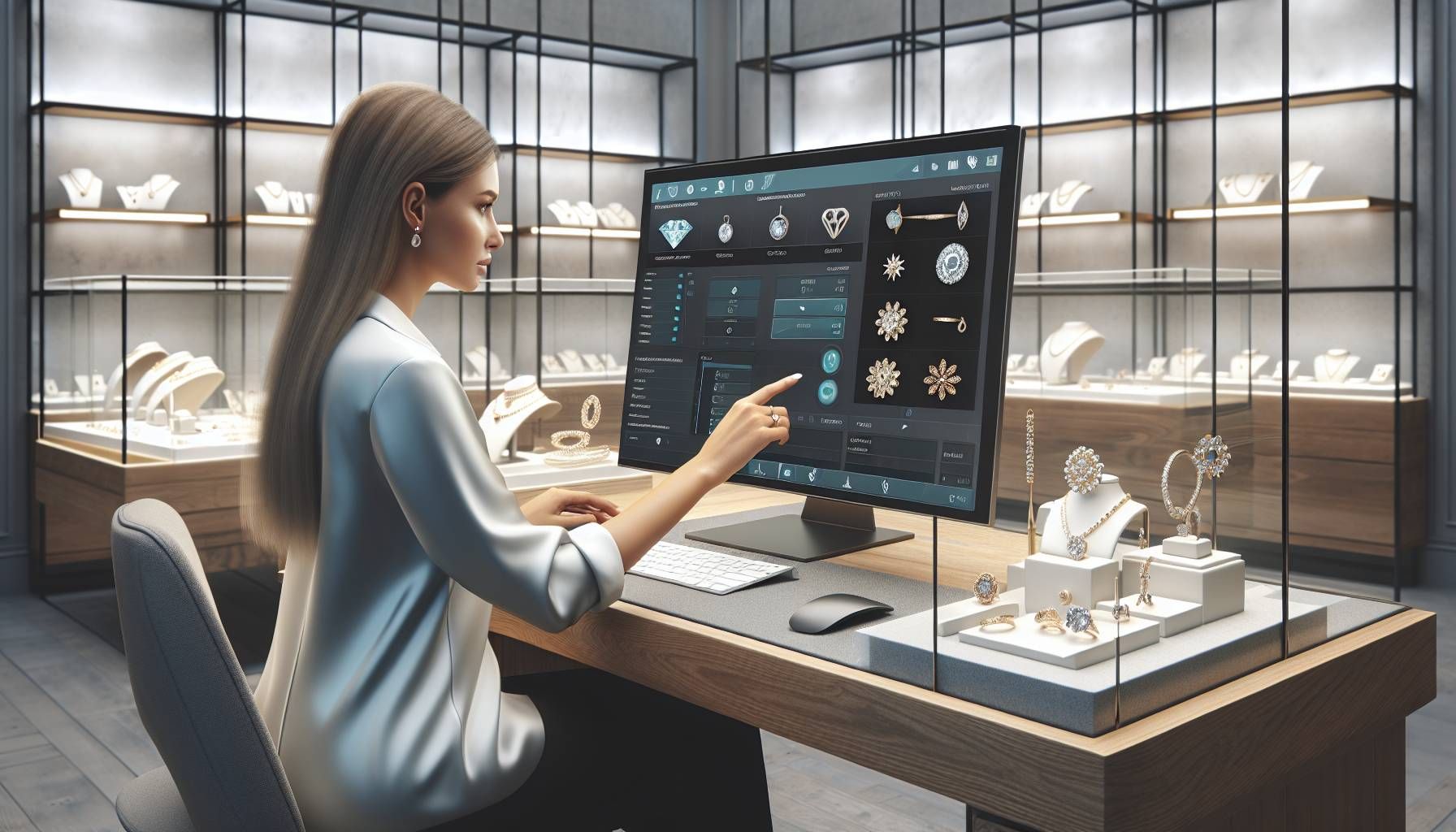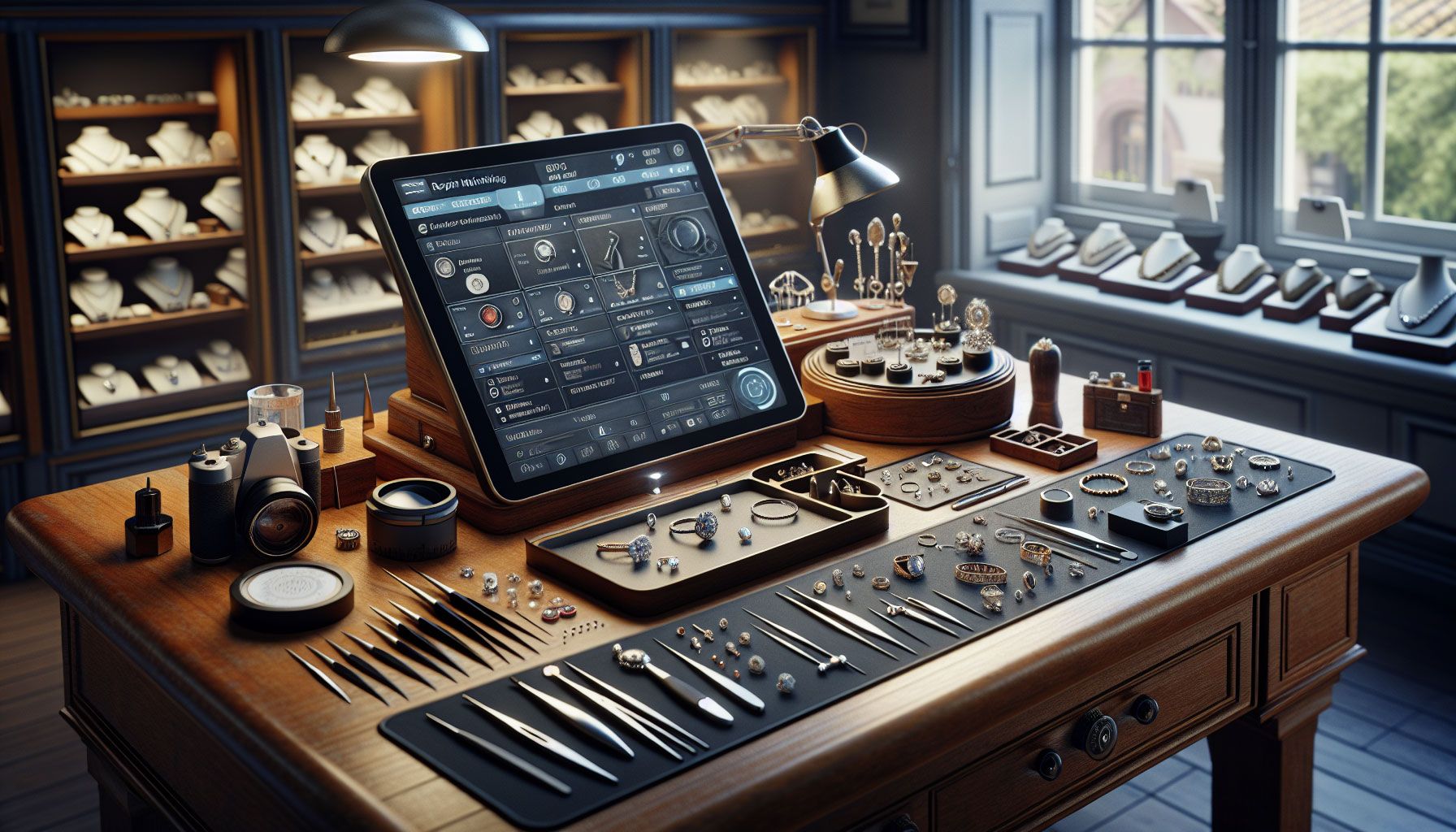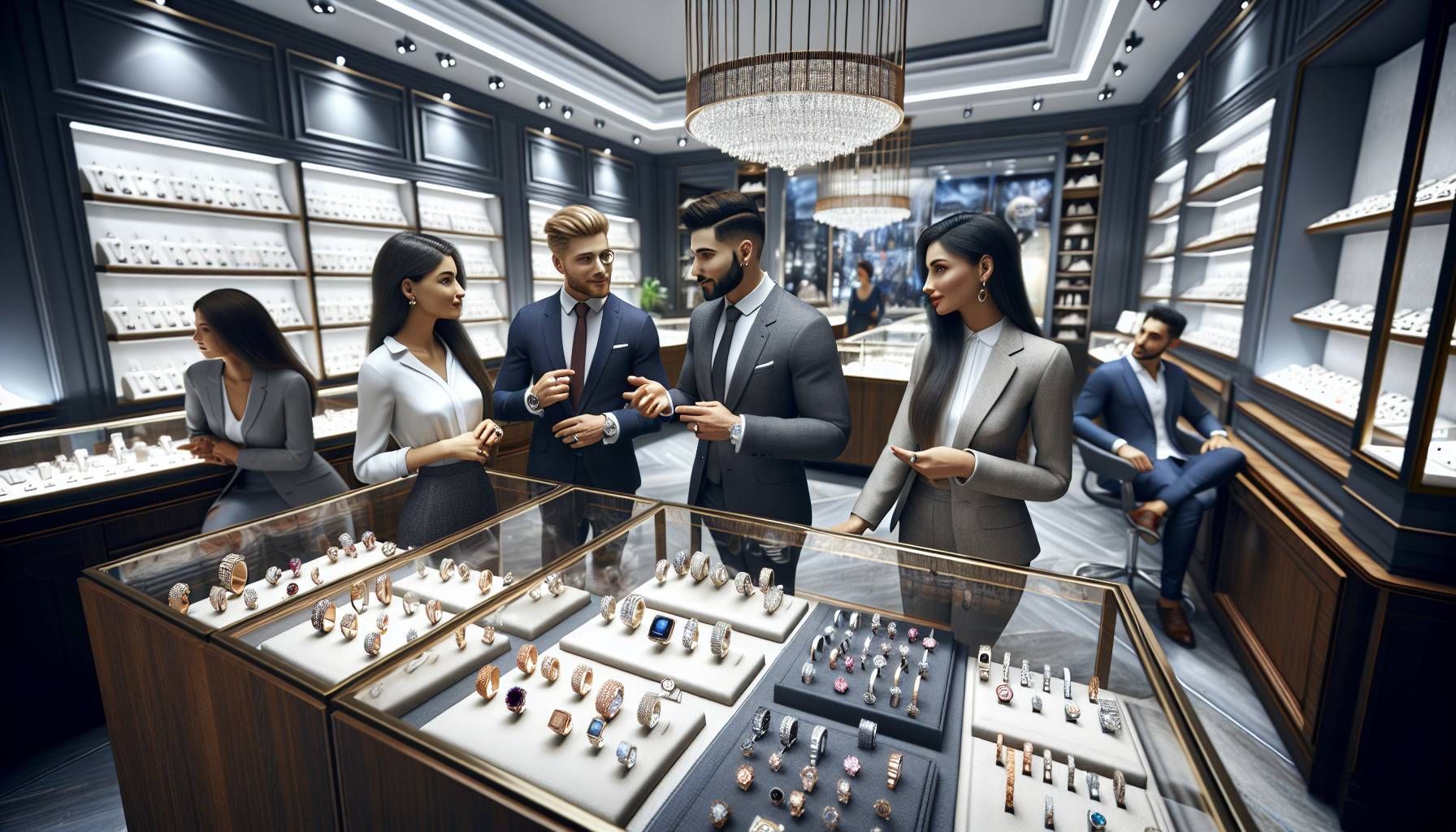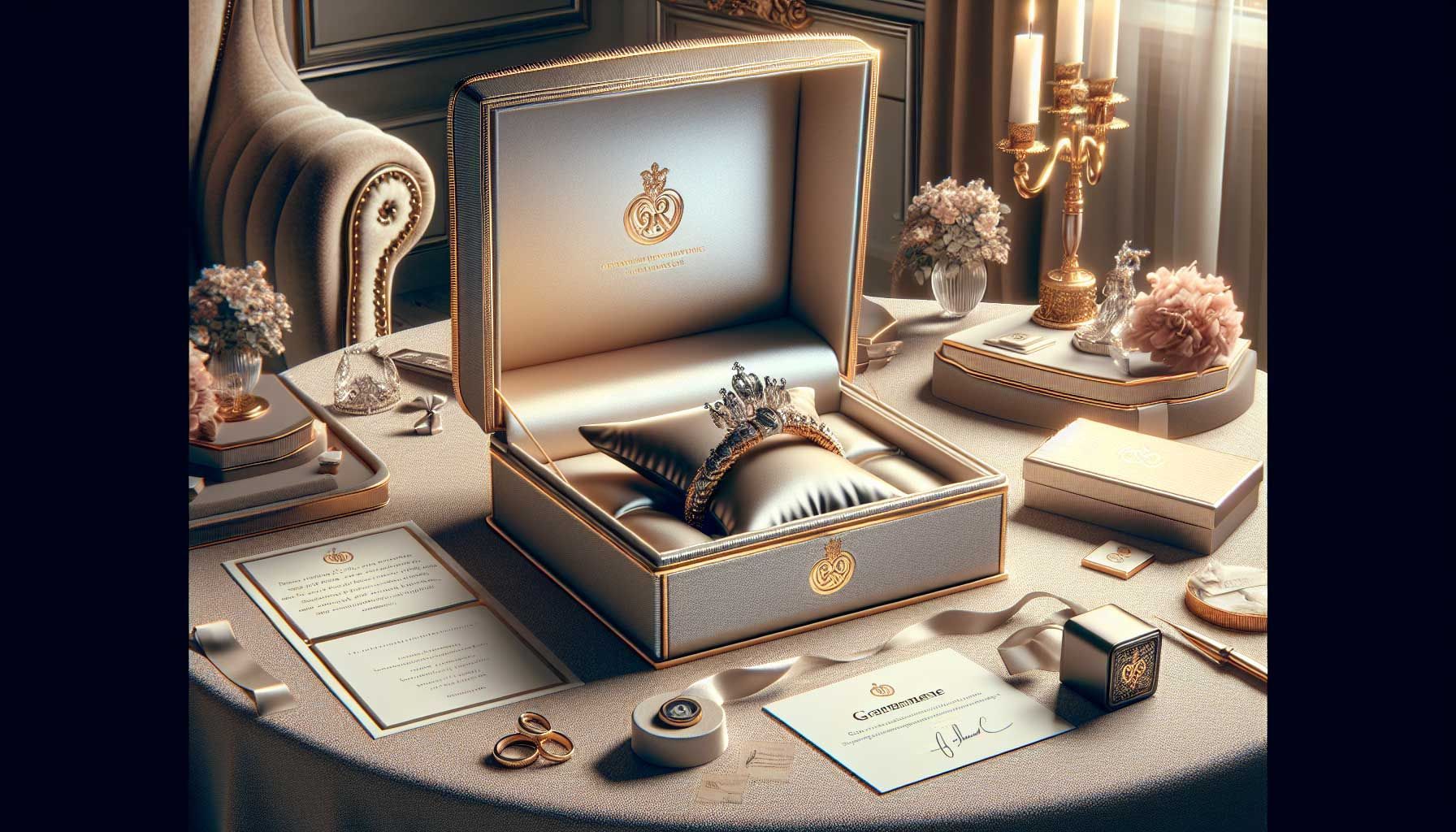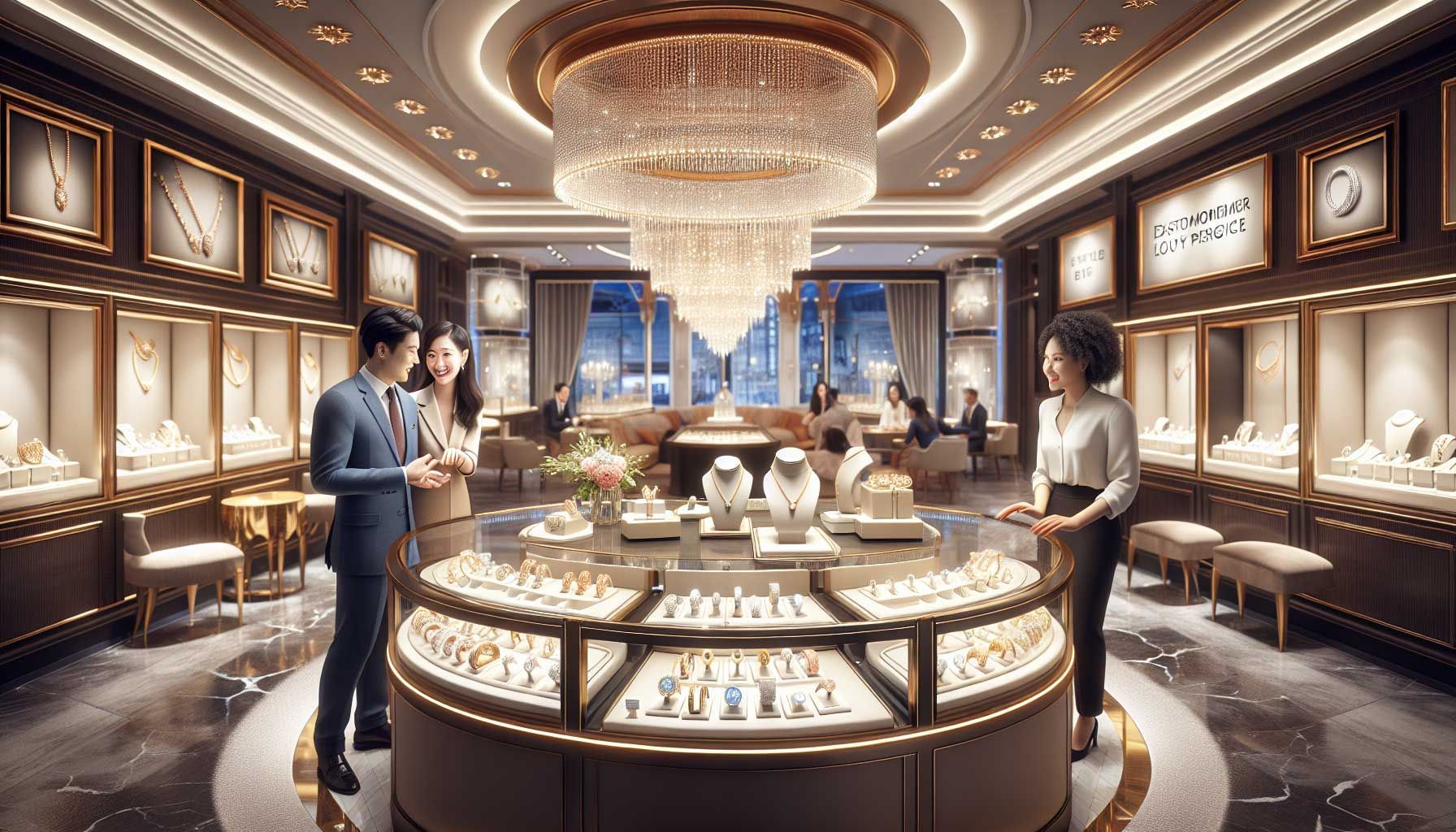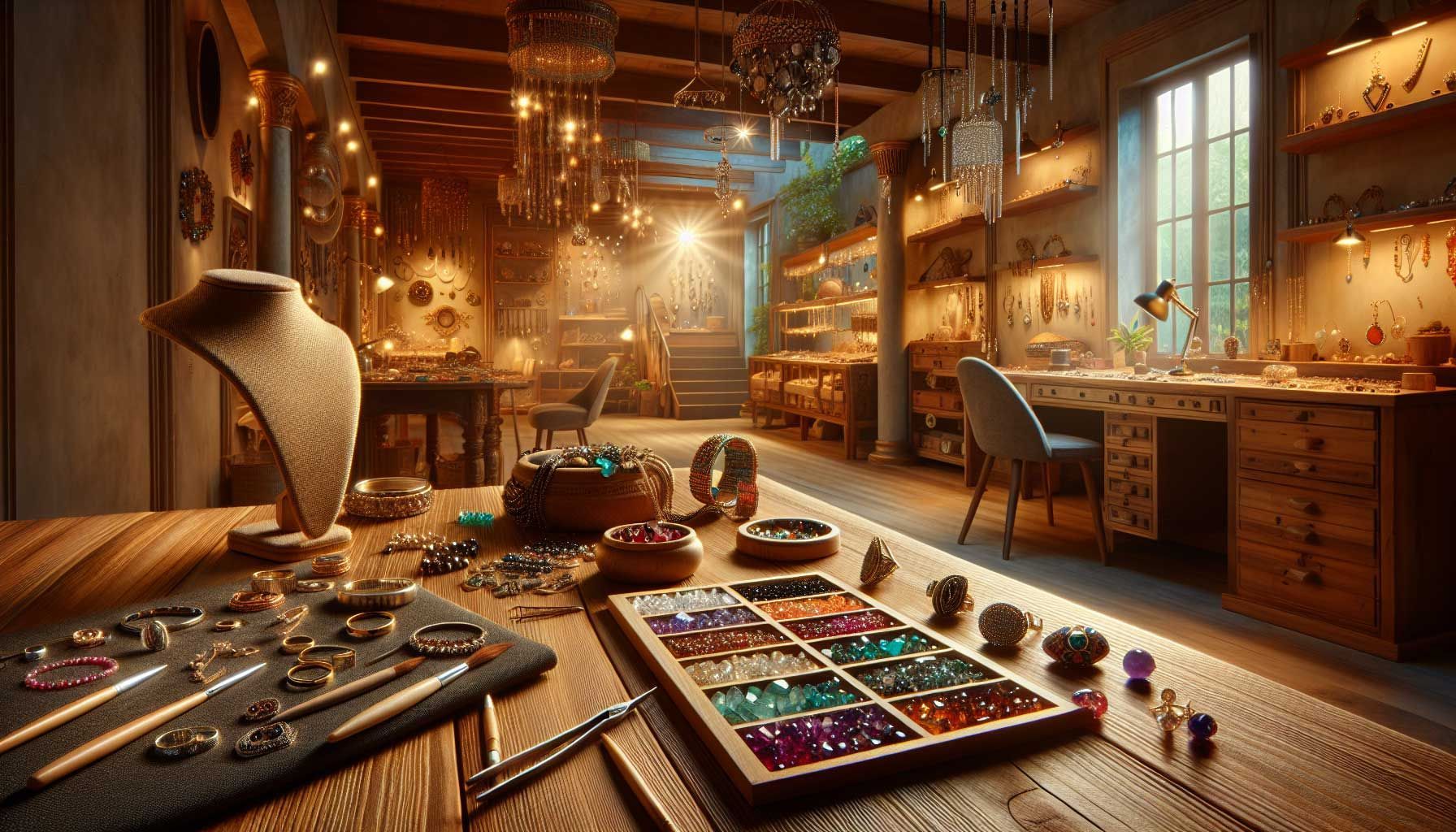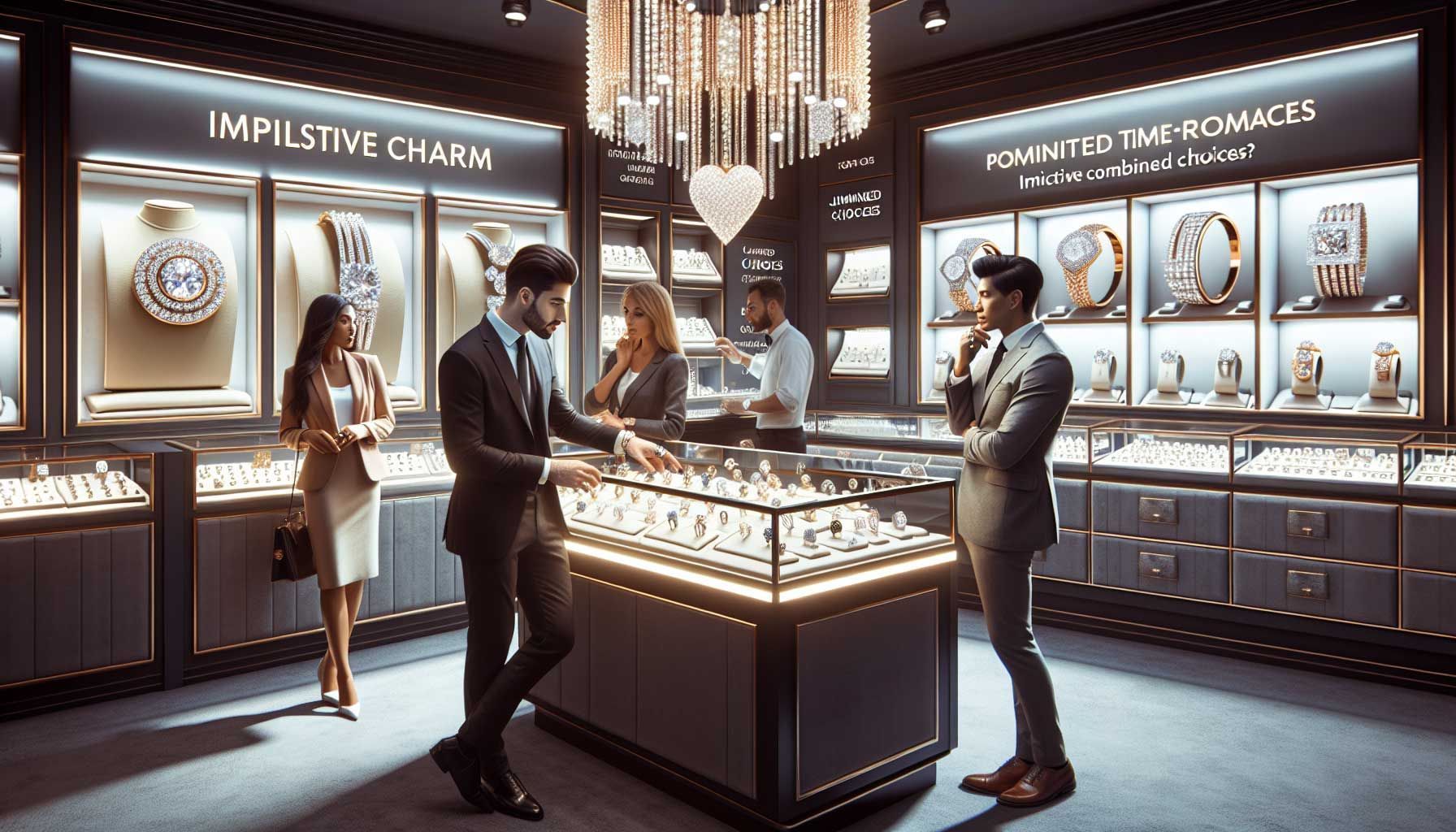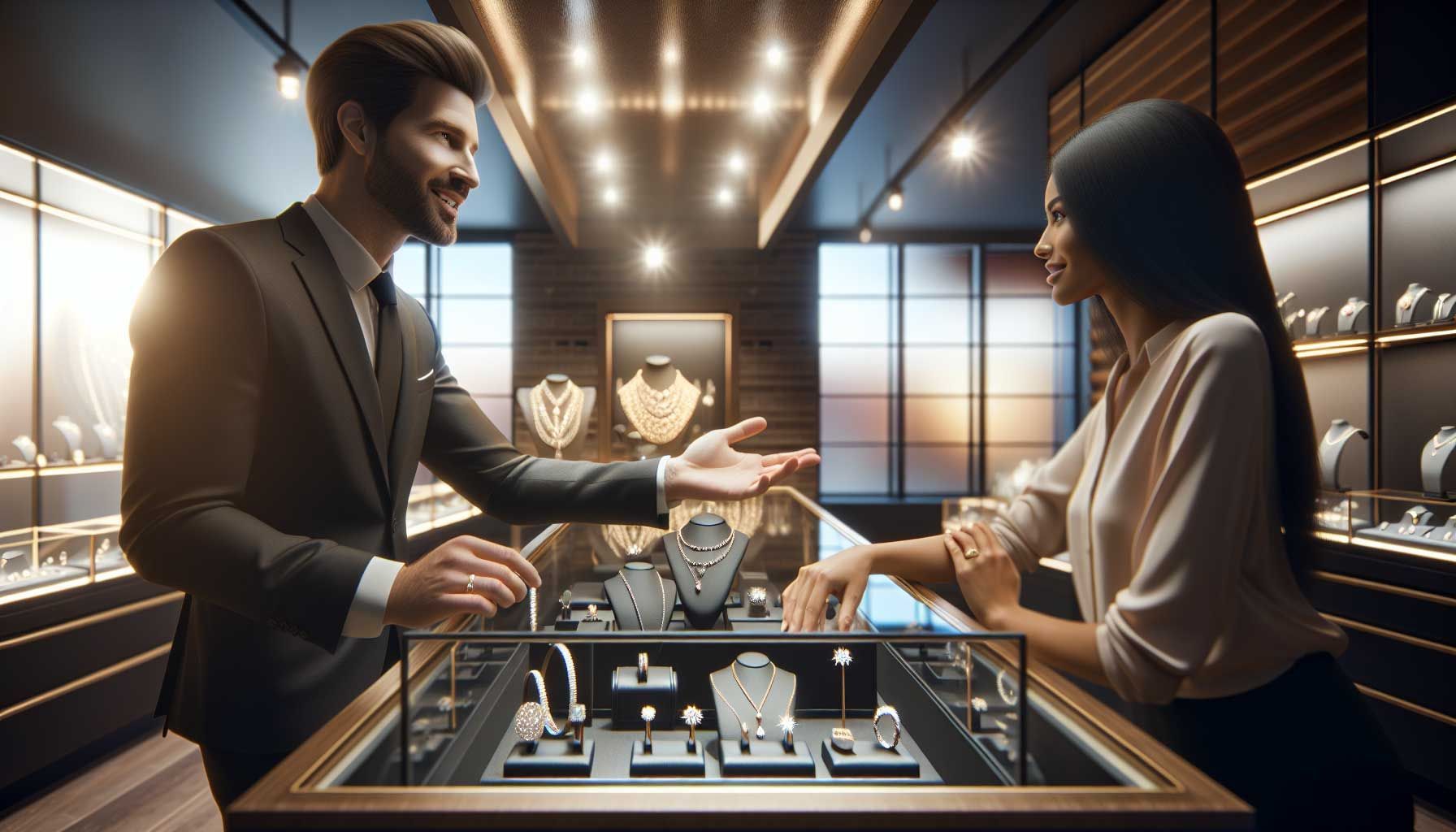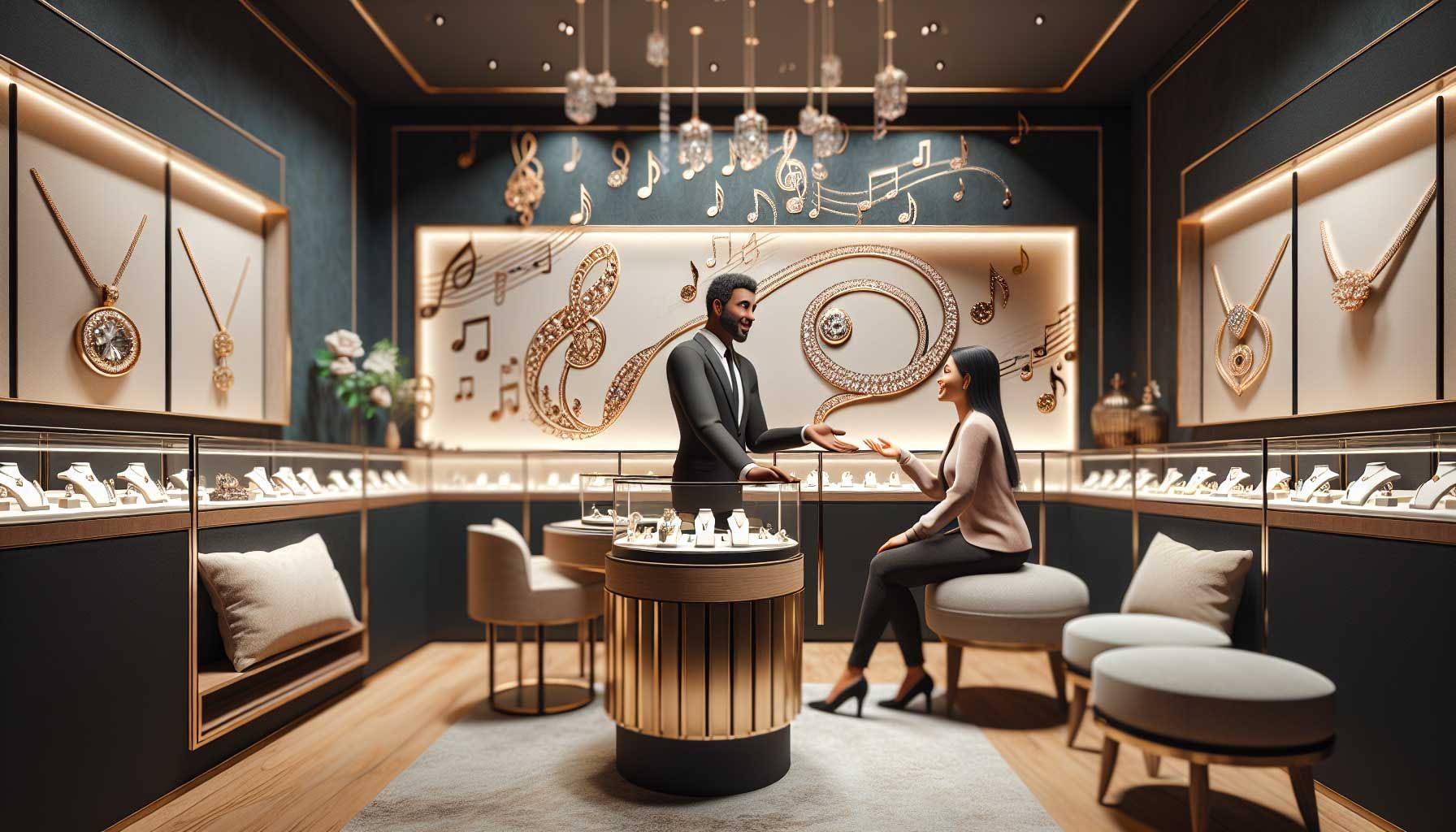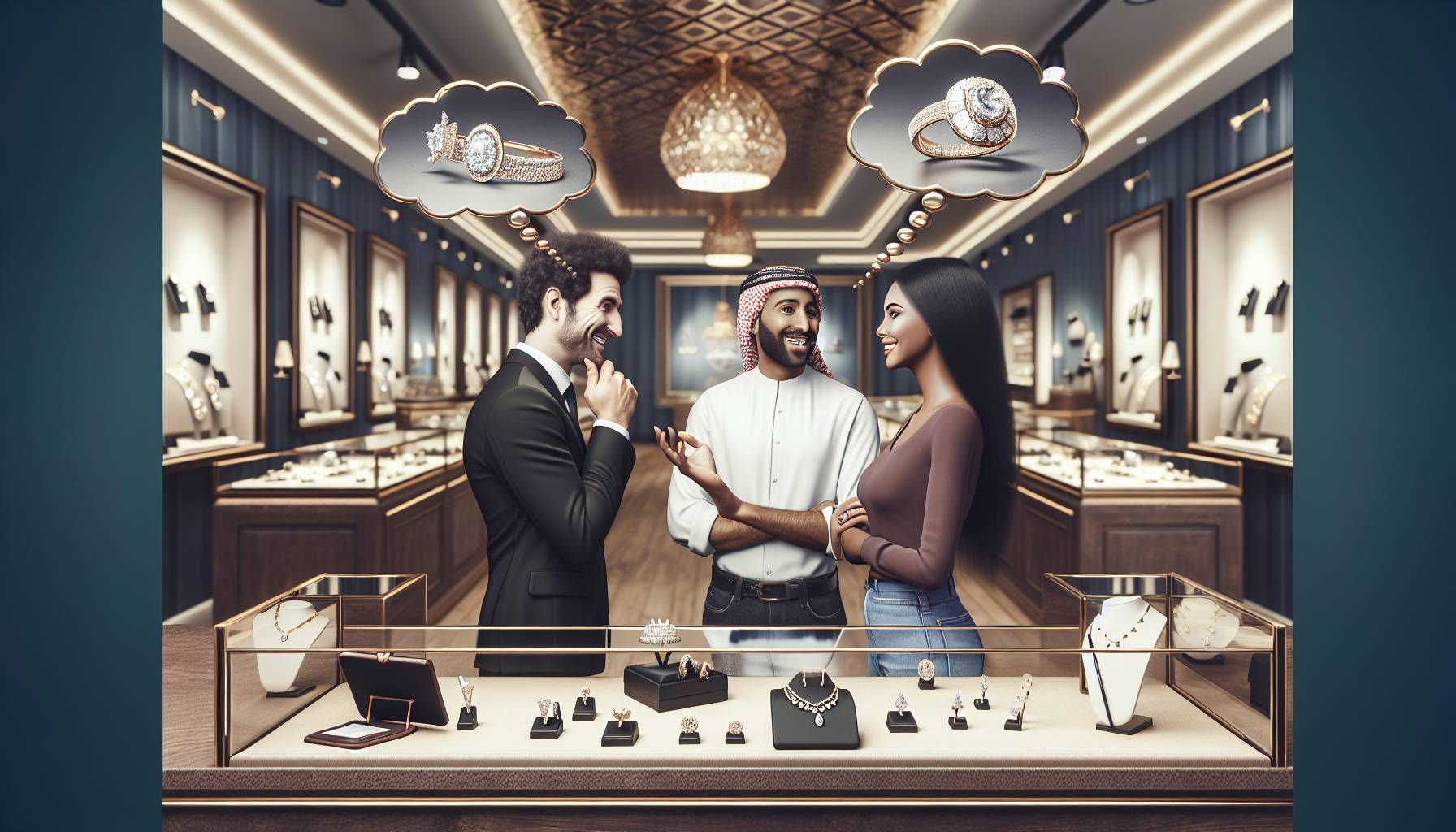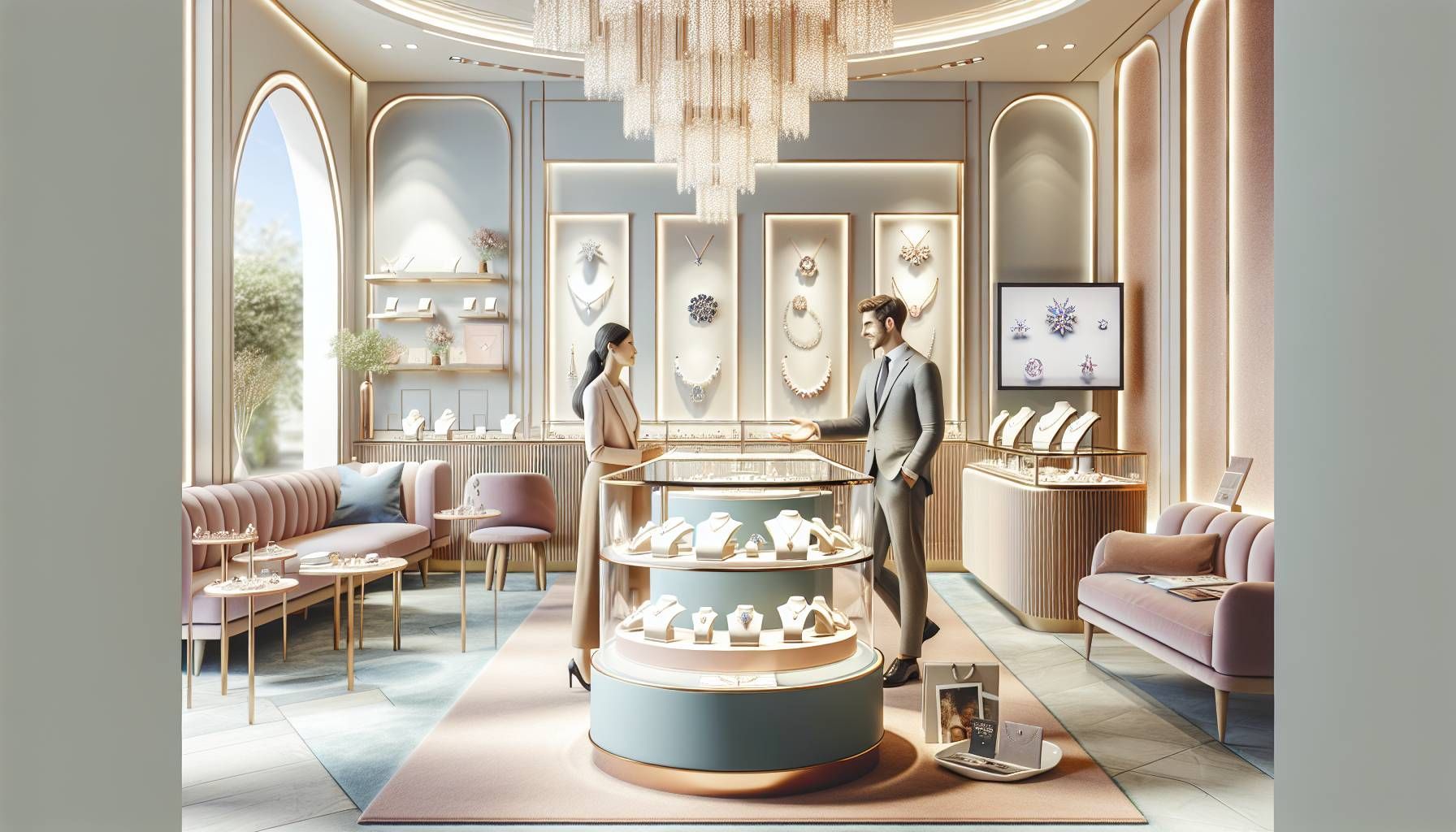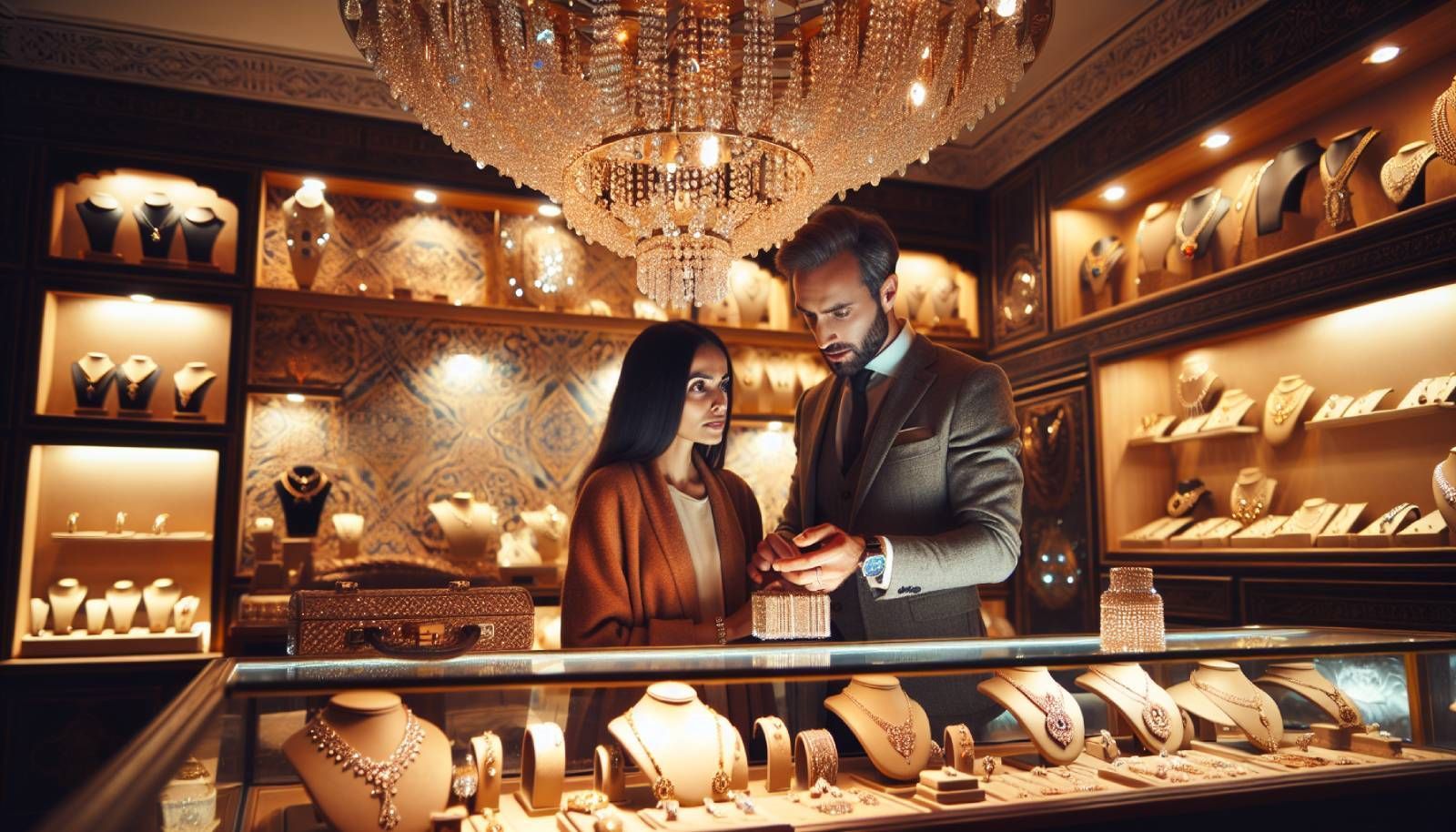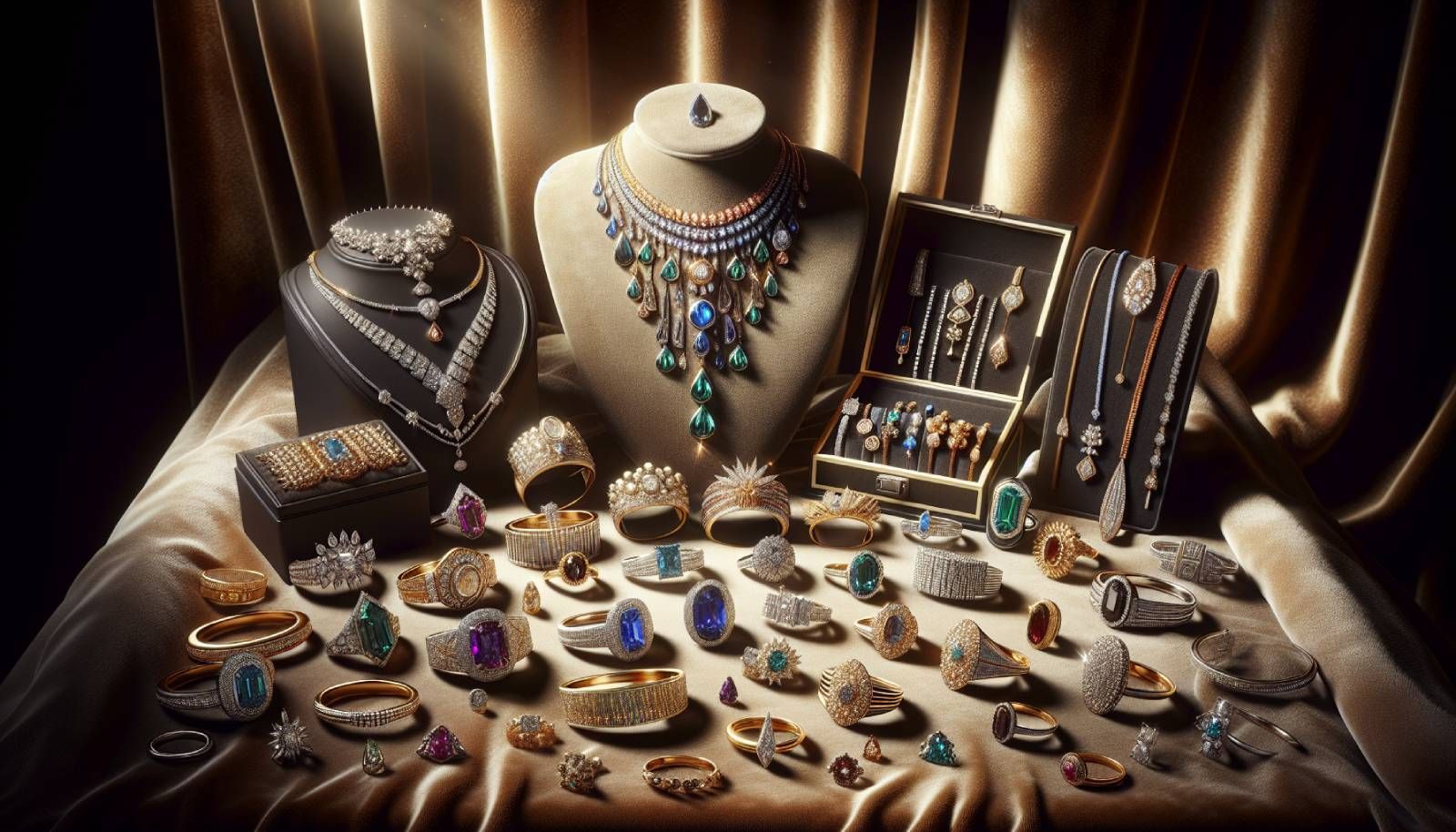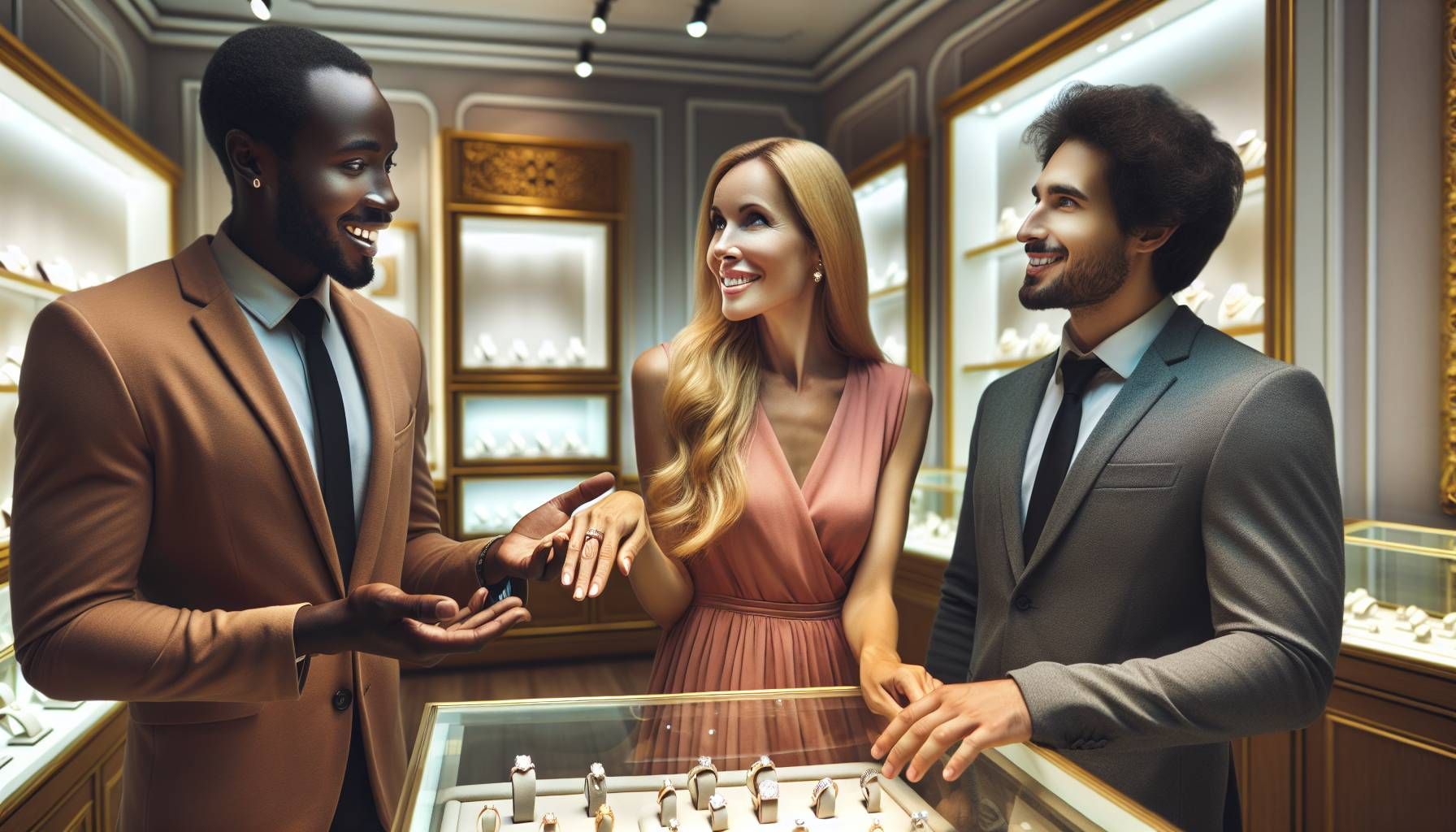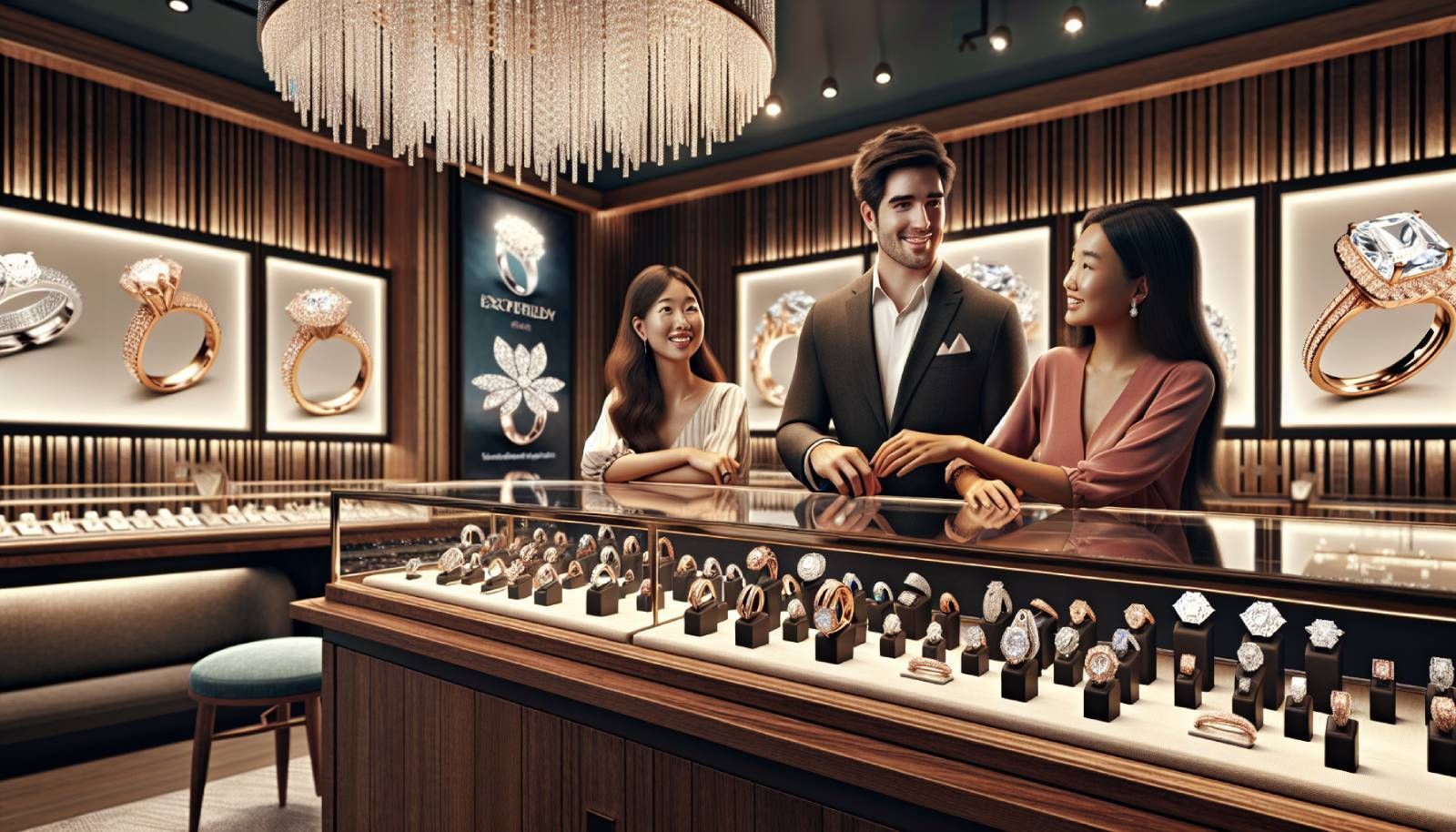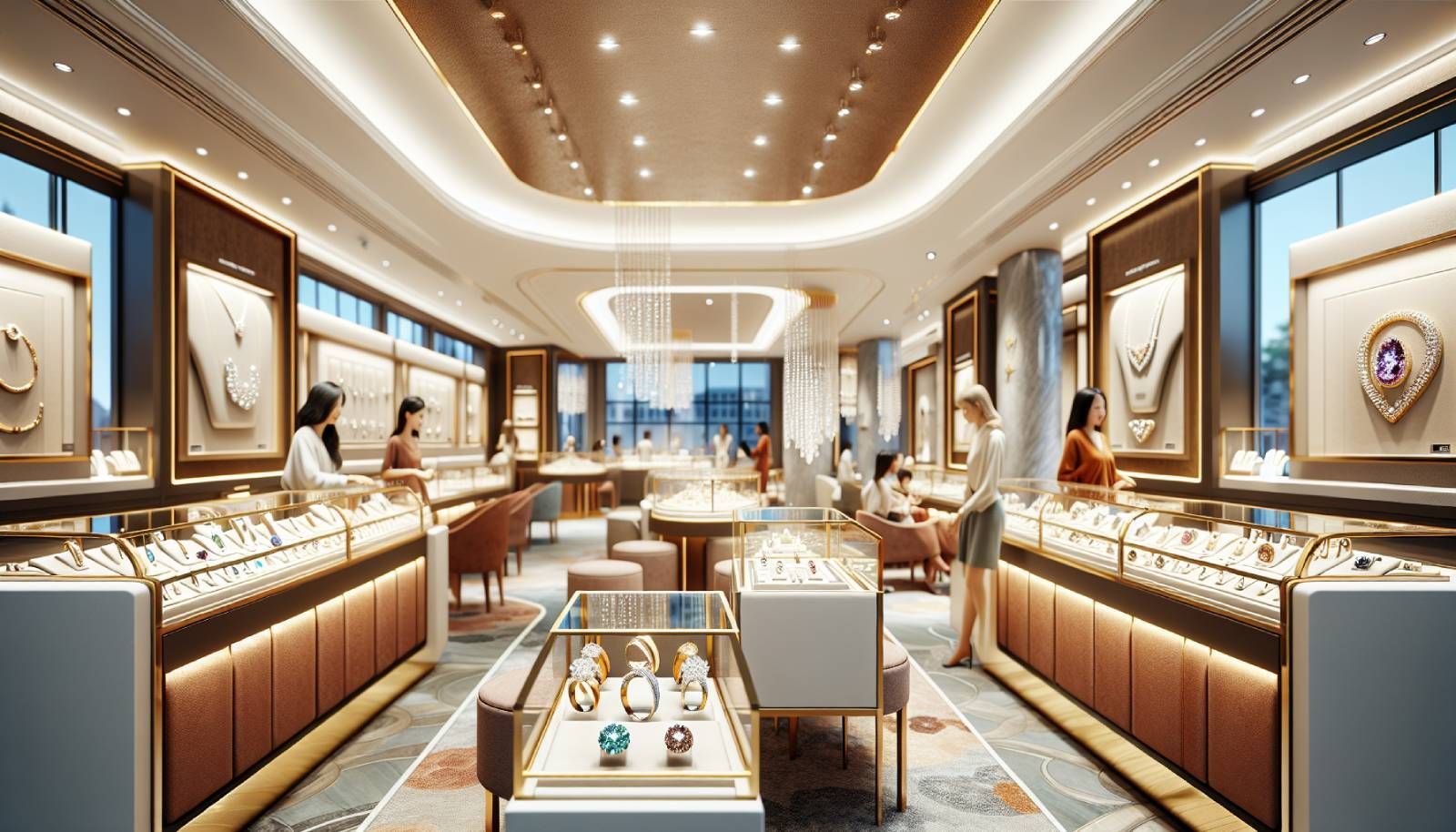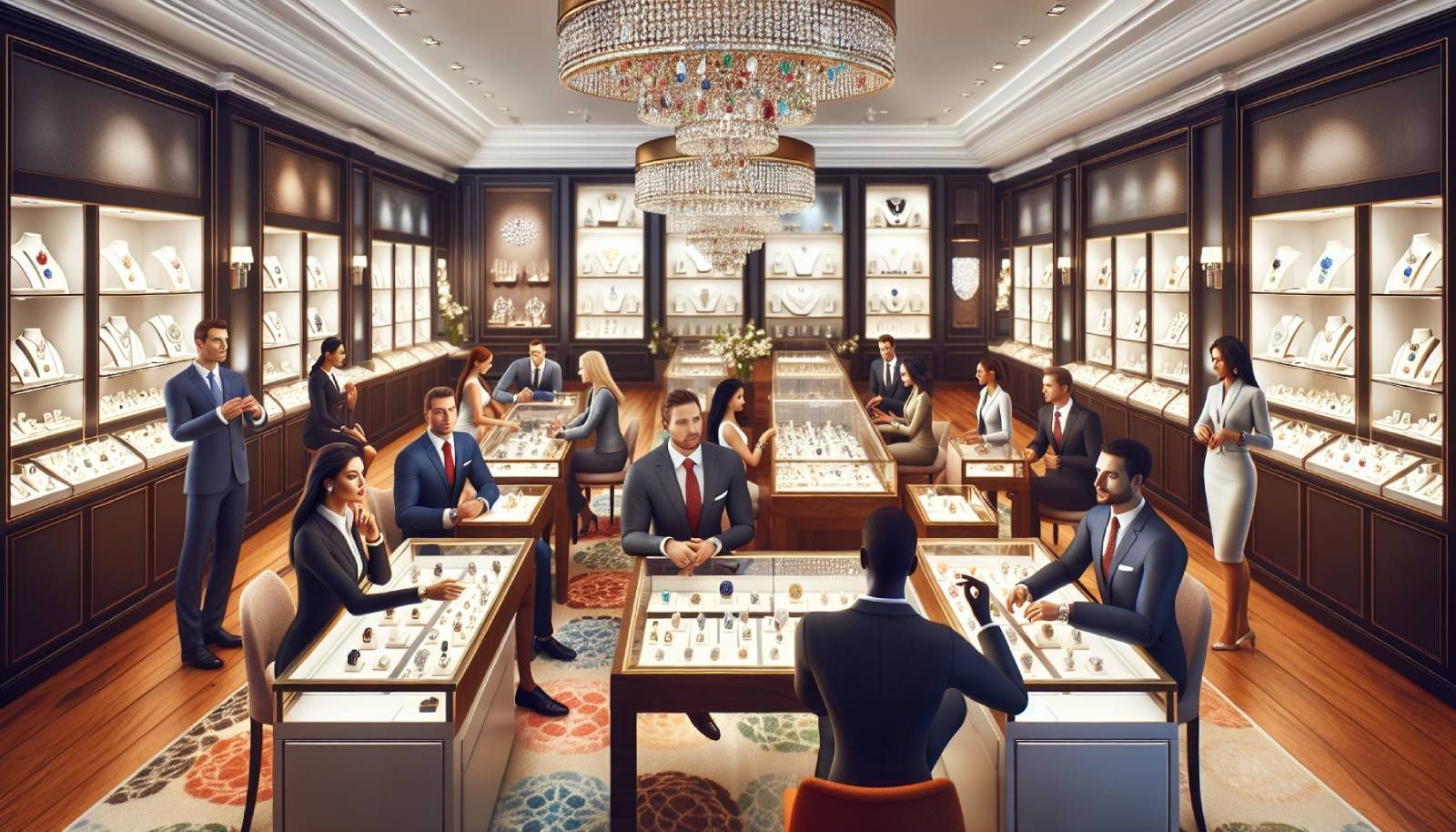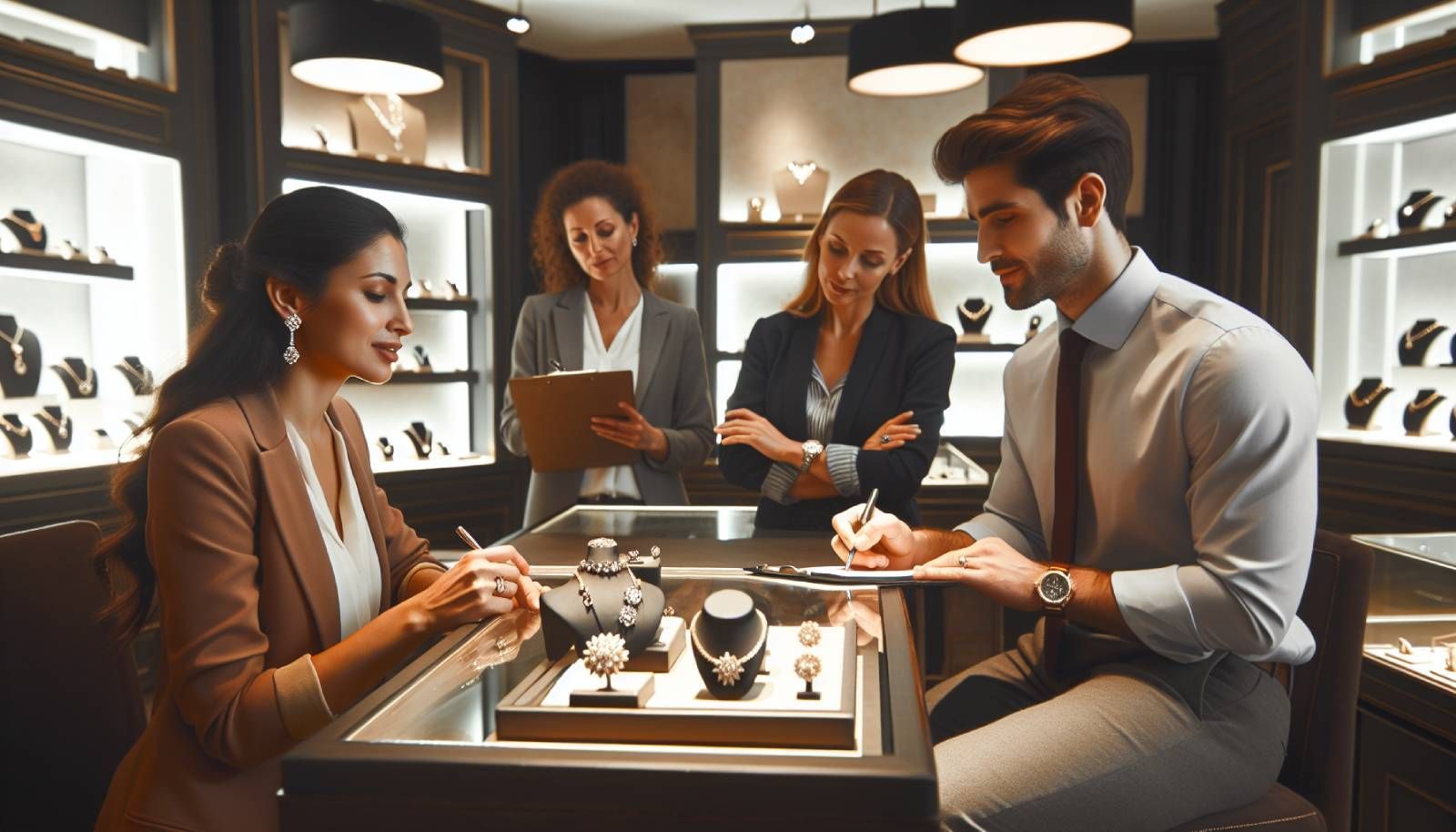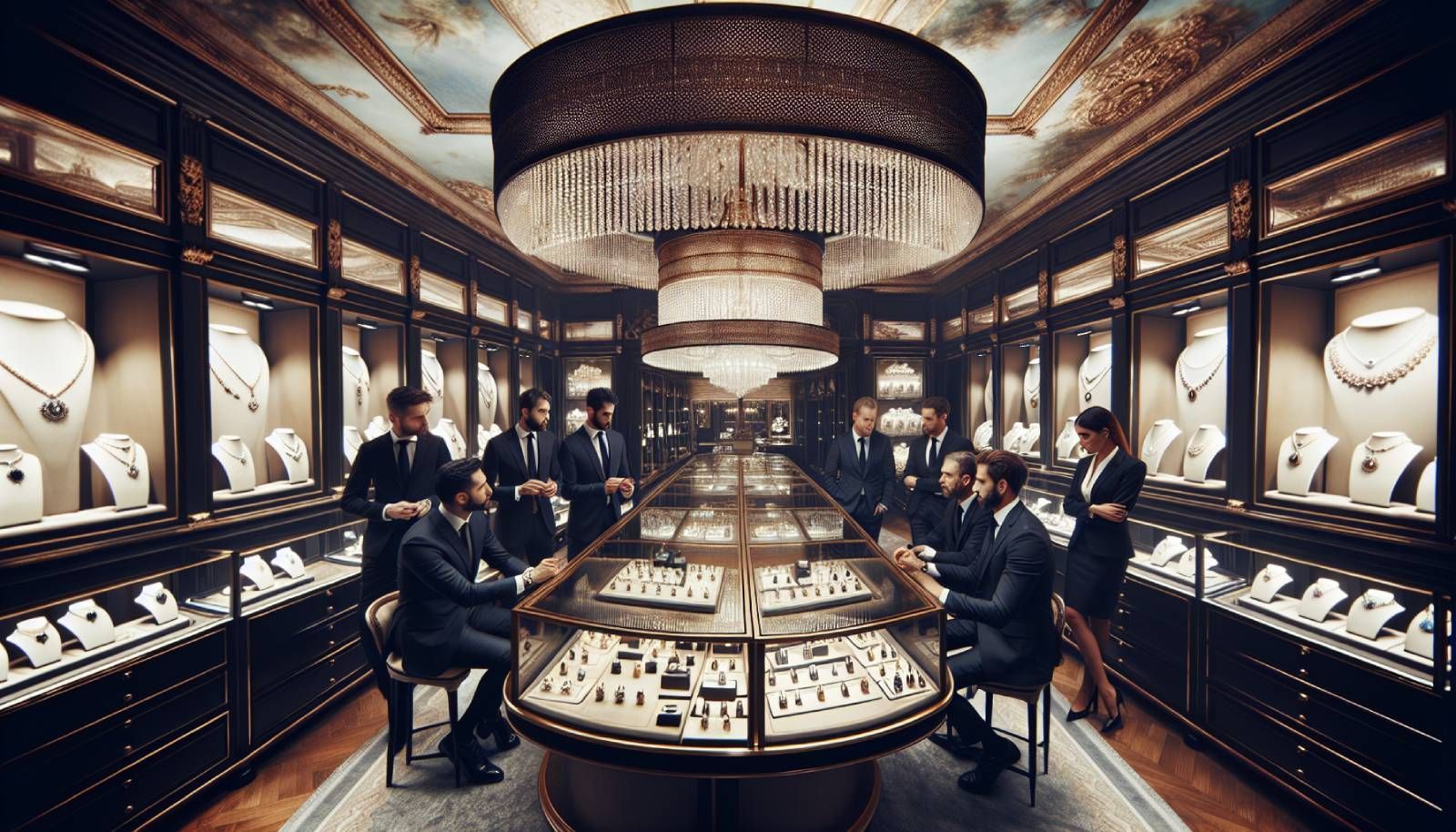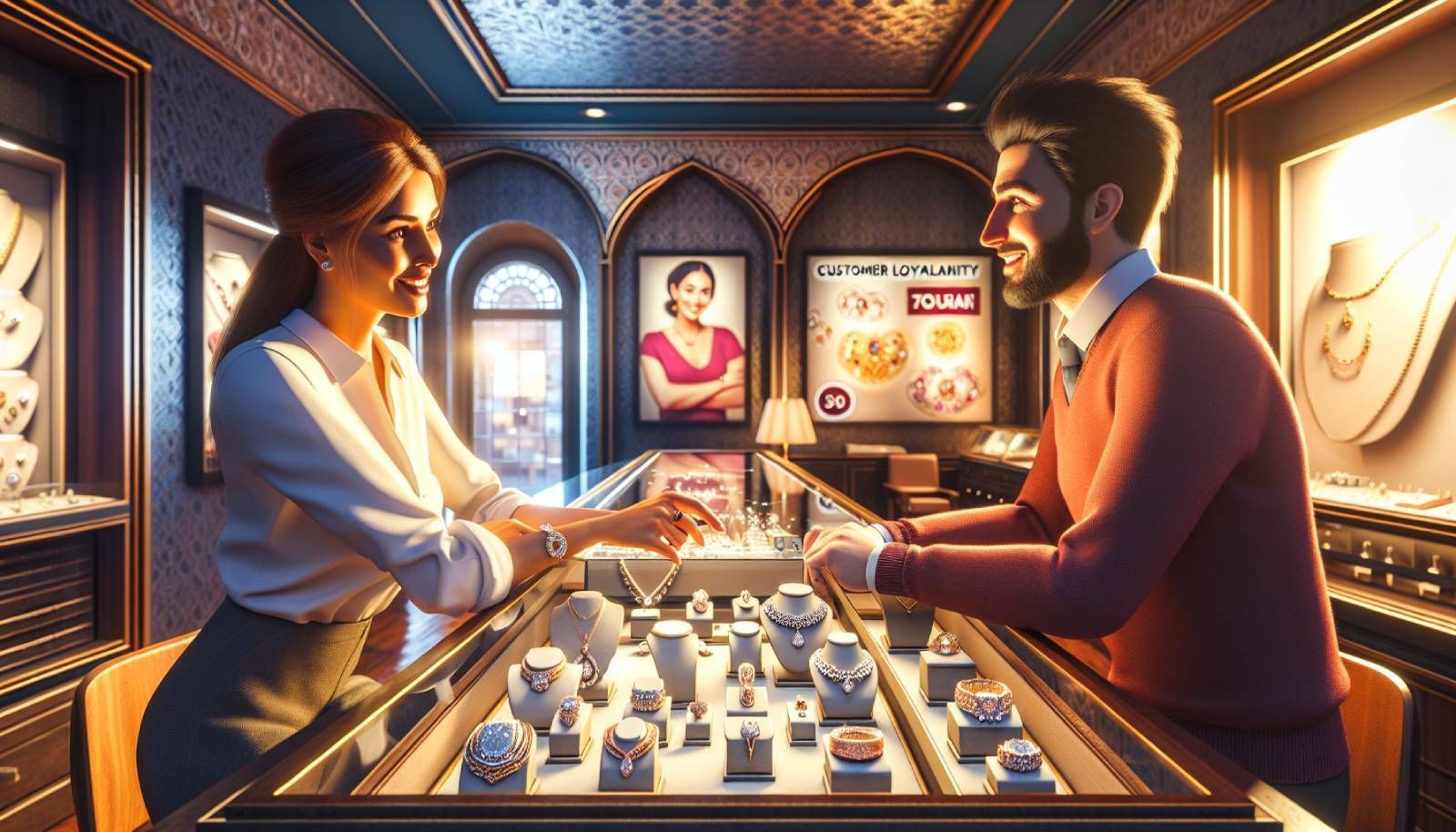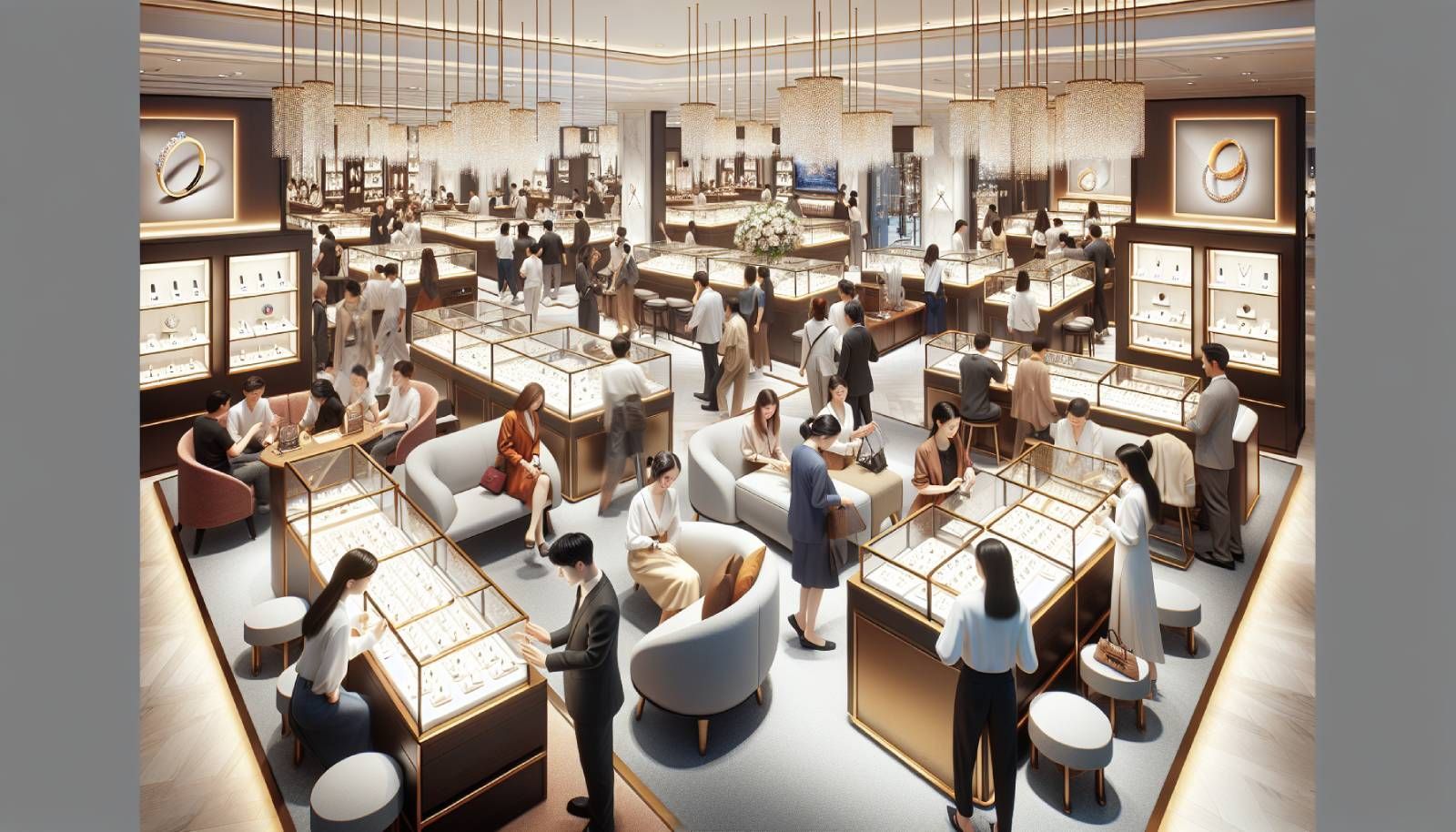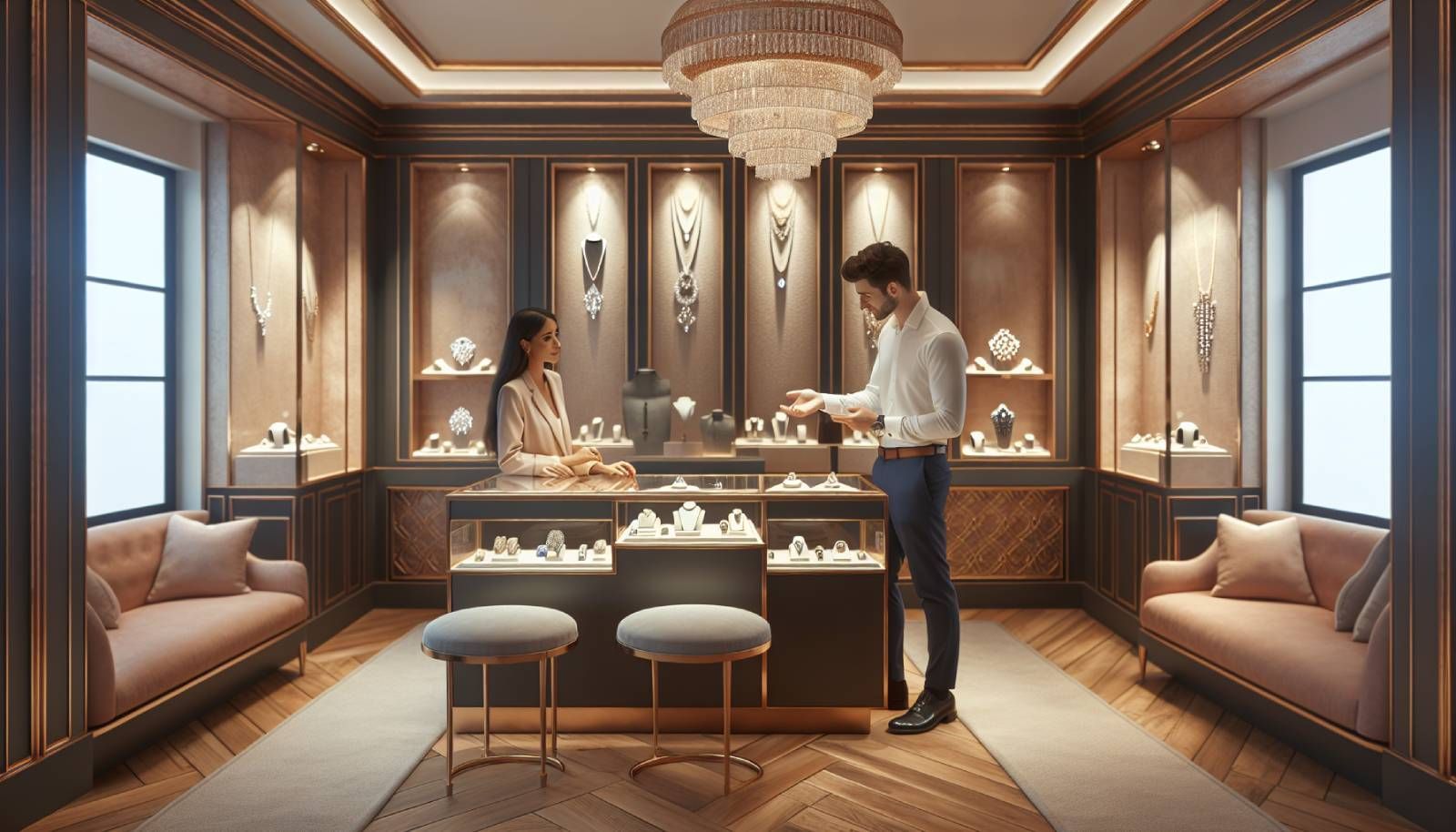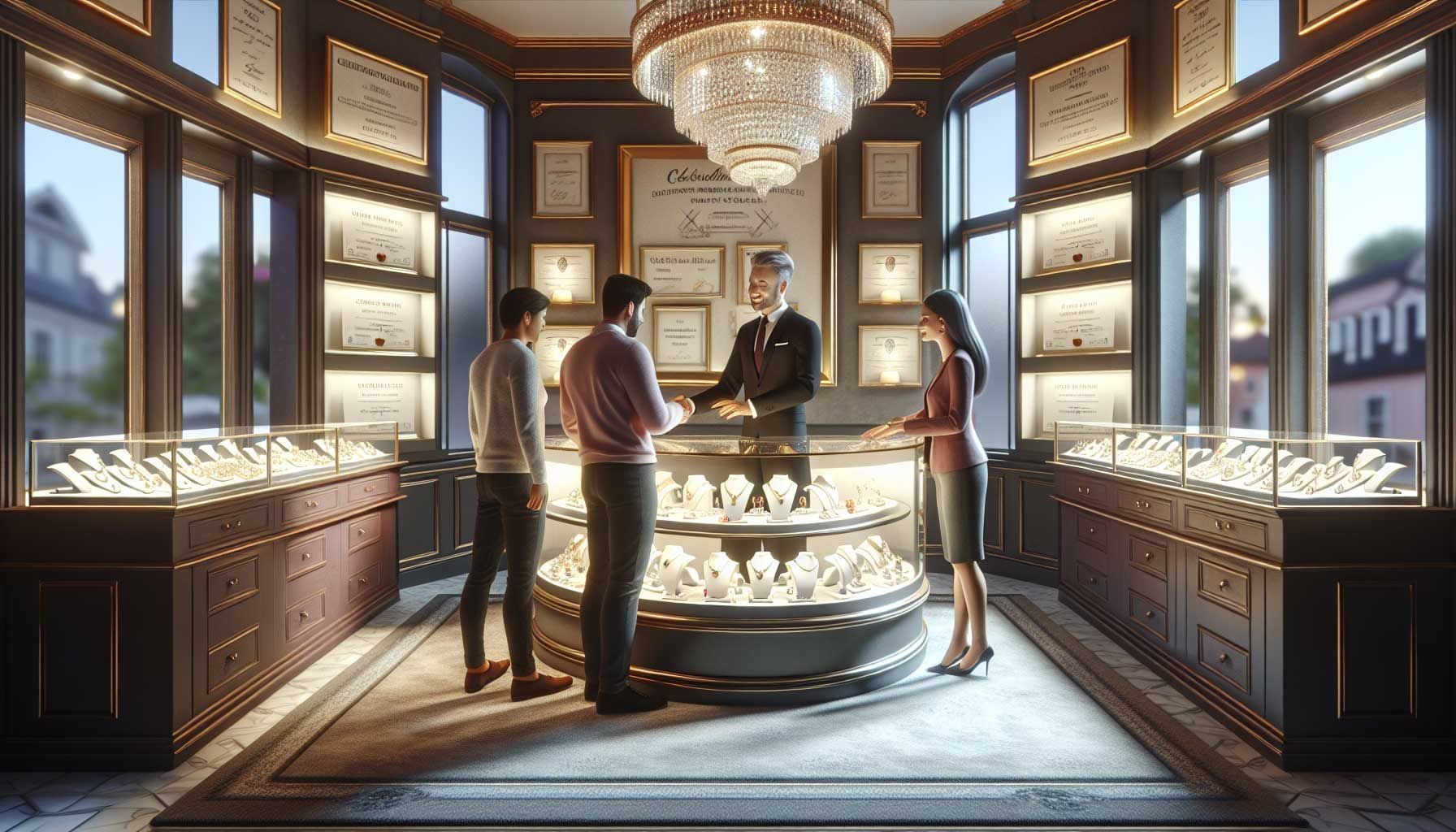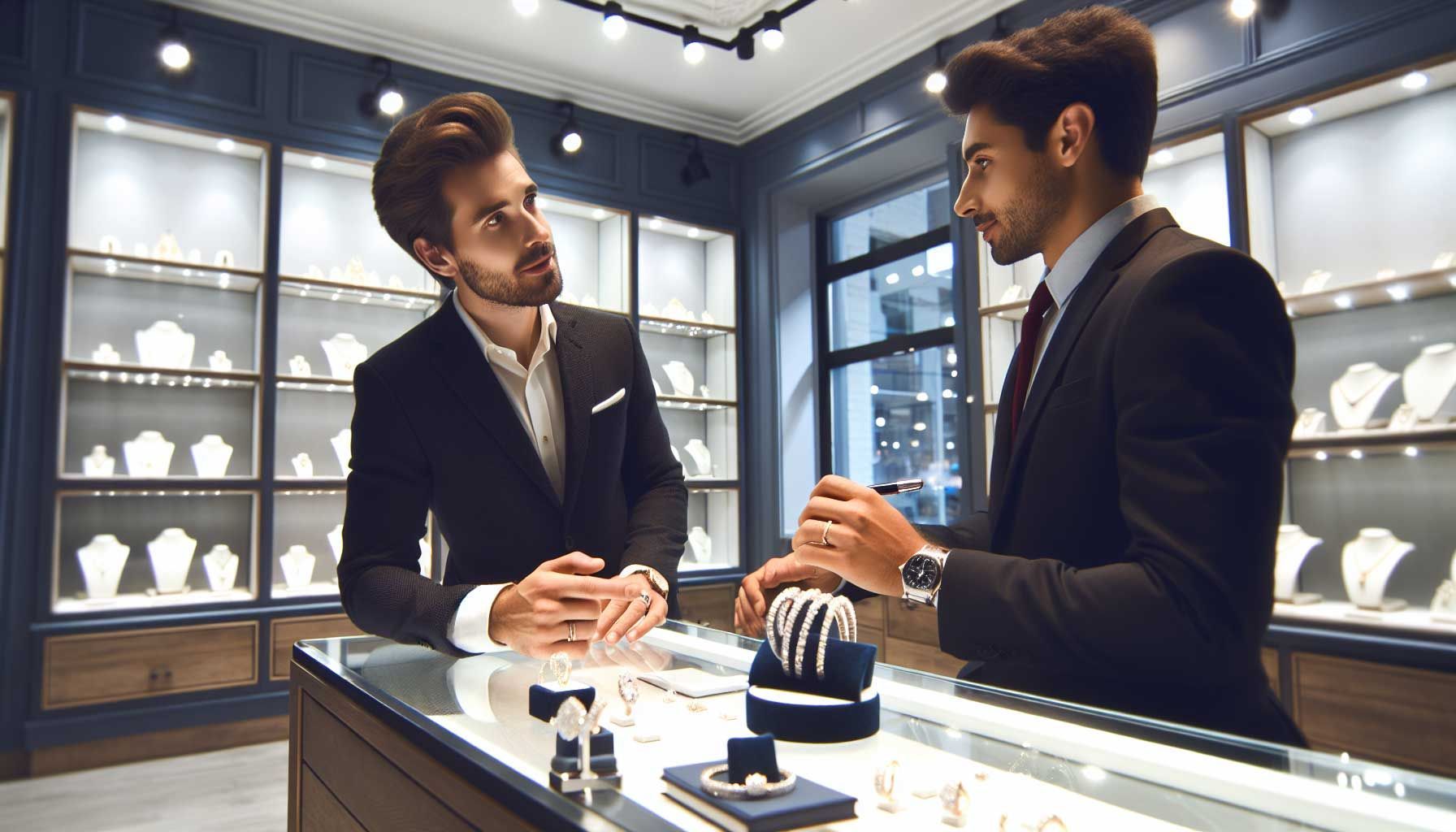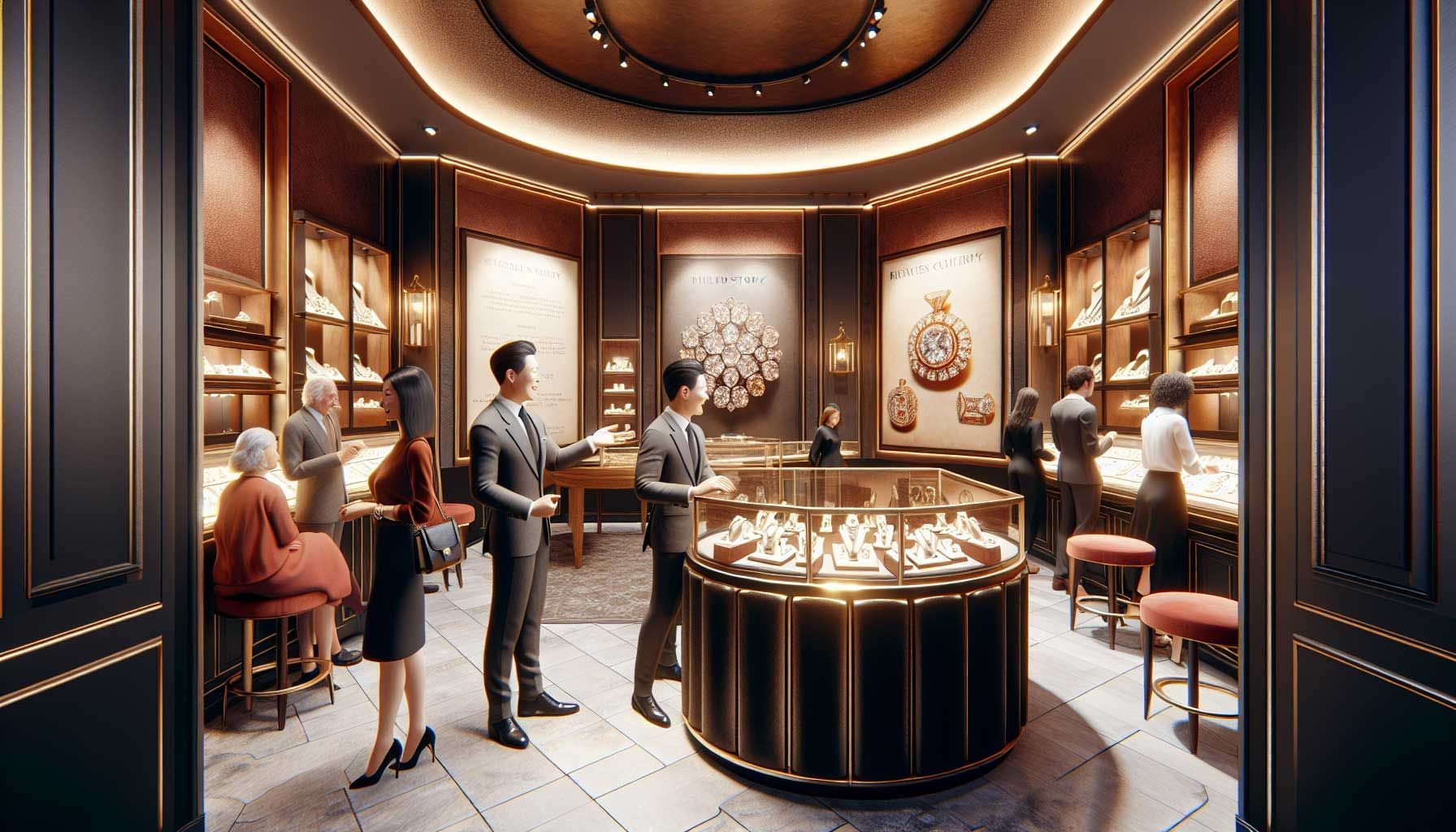Demonstrations during Sales Conversations for Jewelers
The use of demonstrations during a sales conversation
As a jeweler, it is important not only to sell the most beautiful pieces but also to provide the customer with an unforgettable experience . An effective way to achieve this is by using demonstrations during your sales conversations. In this article, we discuss the benefits of demonstrations, how to use them effectively, and share valuable tips that will help elevate your sales conversations to a higher level.
What are demonstrations and why are they important?
Demonstrations are a powerful sales technique where you thoroughly show a product and discuss it with the customer. This can range from showcasing the sparkle of a diamond to explaining the techniques involved in crafting specific jewelry pieces. By using demonstrations, you give the customer a direct experience of the product, which increases the likelihood that they will make a purchase.
The important benefits of demonstrations are:
- Increased engagement: Customers feel more involved with products when they can see and touch them.
- Building trust: By sharing knowledge about the jewelry, you build credibility and trust.
- Emotional connection: A demonstration can help create an emotional bond between the jewelry and the customer.
Types of demonstrations to consider
There are various ways to effectively integrate demonstrations into your sales conversations. Below, we discuss several types that offer specific benefits for jewelers.
Stock demonstrations
A physical demonstration of a piece of jewelry can help the customer appreciate its quality and craftsmanship . This can be done by laying out different types of jewelry side by side, allowing them to see and feel the differences. Highlighting features such as weight, clarity of the gemstones, or the finish can convince the customer of the quality of your products.
Pro tip: Consider using a loupe or magnifying glass when demonstrating diamonds or gemstones. This will help reveal details that customers might otherwise overlook.Engagement demonstrations
Engagement demonstrations are interactive in nature. This means inviting the customer to try on the jewelry themselves, for example by holding a ring to experience the fit. This not only promotes involvement but also gives the customer the feeling that they are actively participating in the process, which can help them in making a purchase decision.
Pro tip: Ask the customer about their preferences before having them wear a piece of jewelry. By offering alternatives that match their style, you increase the chances of a sale.Educational demonstrations
Educational demonstrations focus on explaining the background and value of the jewelry. This can involve discussing the crafting process of a piece or the cultural significance of certain gemstones. By providing this context, the value of the product is emphasized not only in financial terms but also emotionally.
Pro tip: Use visual aids such as diagrams or videos to enhance your narrative. This can make the story even more powerful and keep the customer's attention.The art of presenting
In addition to the types of demonstrations, it is also crucial to effectively fill in the presentation process itself. How you execute a demonstration can significantly affect the customer experience. Here are some tips to improve your presentation.
Be authentic
Customers appreciate when a salesperson is authentic and transparent. Show your passion for jewelry and share personal stories. This makes the experience more personal and can help build a relationship with the customer.
Pro tip: Start your presentation with a story about the jewelry. This will help customers feel more connected to the product.Focus on the customer
A good demonstration is not only product-focused but also customer-focused. Listen attentively to their wishes and preferences and adjust your demonstration accordingly. This ensures that the customer feels special and that their needs are taken seriously.
Pro tip: During the demonstration, ask questions like “What do you think of this style?” This involves the customer actively and provides you with valuable insights into their preferences.Use of technology
In 2023, there are thousands of technologies available to enhance the presentation of jewelry. Consider using augmented reality or 3D models to give customers a detailed view of products without needing to be physically present. This can be especially useful for online sales or for jewelers with a broader reach.
Pro tip: Test new technologies before incorporating them into your sales approach. Ensure they are functional and align with your style and the experience you want to provide.Overcoming objections with demonstrations
Even after a powerful demonstration, a customer may hesitate to make a decision. This is where sales demonstrations can help you overcome objections. Here are some strategies:
Anticipate objections
It is crucial to know in advance what objections your customers may have. Are you aware of common questions regarding price, quality, or maintenance of jewelry? By focusing your demonstrations on these points, you can be transparent and provide reassurance.
Pro tip: Make a list of common objections and prepare demonstrations that address those specific concerns.Use testimonials and examples
Reinforce your demonstration with customer testimonials or case studies . When customers see that others are satisfied with their purchase, they are more likely to trust their own decision.
Pro tip: Consider placing visual testimonials or reviews alongside your jewelry so customers can see them during the demonstration.The impact of follow-up after the demonstration
The follow-up is often forgotten but is an essential part of the sales process. After the demonstration, it is important to stay in touch with your customer.
Personalization in follow-up
Send a personal thank-you message referencing the specific pieces of jewelry you discussed together. This shows that you value them and have paid attention to their wishes. This can encourage them to return and make a purchase.
Pro tip: Include a discount code for a future purchase as a token of appreciation. This can encourage customers to take the step and come back.Collect feedback
Ask customers for feedback about their experience. This can help you improve demonstrations and sales processes in the future. Moreover, when customers share their opinions, they feel heard and valued.
Pro tip: Use a short and simple survey to collect feedback. This can be done digitally or on paper, depending on what is most suitable for your customers.Conclusion
The use of demonstrations during sales conversations can be a game changer for jewelers. By providing customers with a unique experience, you not only increase the likelihood of a sale but also build long-term relationships. Remember to be authentic, customer-focused, and innovative , and use the tips and techniques from this article to optimize your sales conversations. Good luck!

Take your store to the next level
Start automating and digitizing your store processes today. PrismaNote helps retailers with this. Discover what we can do for you via the menu above.
- George
